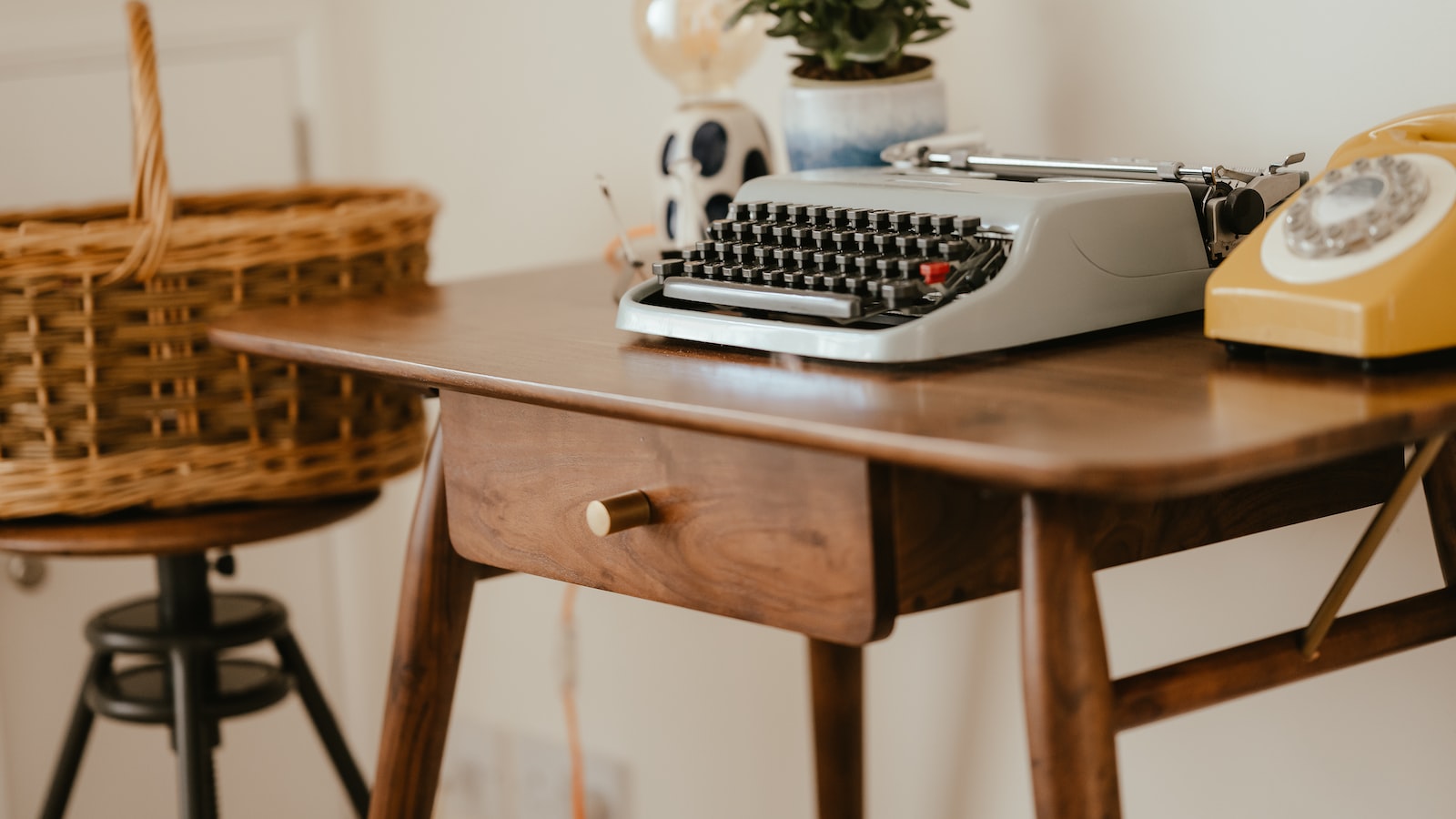Growing Peppers Indoors – Guidelines & Tips
Growing peppers indoors is an exciting and rewarding experience, and with a few easy guidelines and tips, your pepper plants can thrive! Peppers can be grown in pots or planters indoors, and with the correct amount of water, light, and nutrients, you can enjoy your homegrown peppers and your beautiful peppers plants in no time. If you’ve ever wanted to learn how to grow peppers indoors, then read on to find out the basics of taking care of your pepper plants.
Choosing the Container
When starting your indoor pepper garden, the first step is to choose a pot or planter. Choose a container that is large enough for the pepper plant to grow and have enough room for roots. The container should also have good drainage, as too much moisture can cause root rot. Plastic containers typically work well, but ceramic and terracotta can also be used. Make sure to choose a container with a drainage hole at the bottom.
Creating the Soil
The soil is essential for pepper plants, so you need to make sure you are creating the perfect environment for your peppers. Start by combining equal parts of compost, sandy loam soil, peat moss, and potting mix. Mix the soil together until it is light and moisture, then fill the container with approximately 2-3 inches of it. Make sure to add a few inches of gravel in the bottom of the pot to enable proper drainage.
In addition to the soil mix, add some liquid fertilizer for pepper plants. Once the container is filled with soil, water it with a mixture of liquid fertilizer and water.
Watering & Light Requirements
Proper watering is essential for growing peppers indoors. Water your pepper plants 1-2 times a week, making sure not to saturate the soil. If the soil feels dry, increase the water. Too much or too little water can damage the roots of the pepper plant.
In addition to watering, it is important to ensure that your pepper plants receive enough light. Place the pots near a window or sliding glass door to ensure they get ample light. When possible, supplement with artificial grow lights to make sure your pepper plants are getting enough light. Monitor the plants closely and adjust as necessary.
Final Tips
To ensure that your indoor pepper plants thrive, keep an eye out for pests and signs of disease. If pests or diseases start to appear, take action immediately to prevent them from spreading. Additionally, if your indoor pepper plants are growing too quickly, prune them back to keep them compact.
Growing peppers indoors is a fun and rewarding experience. With the right care, you can enjoy sweet and spicy homegrown peppers in no time. Follow these guidelines and tips to ensure your pepper plants have everything they need to be healthy and productive.



